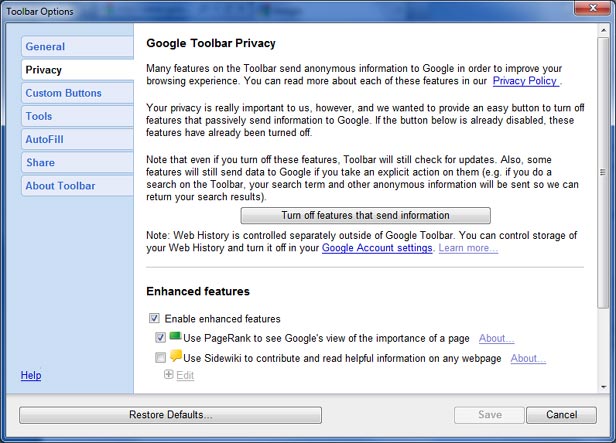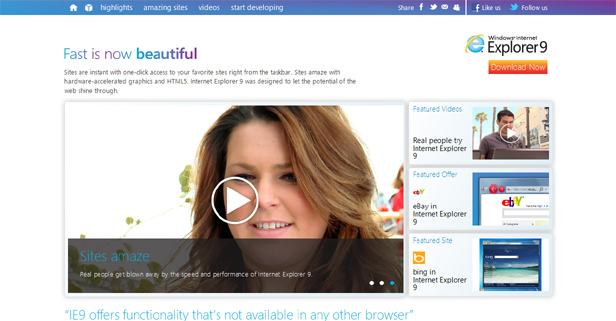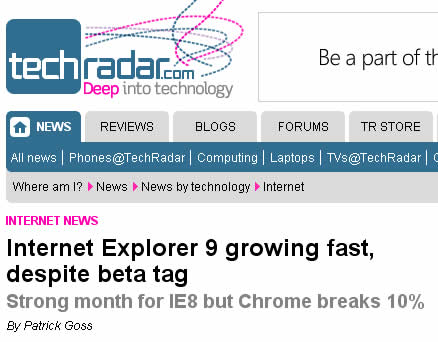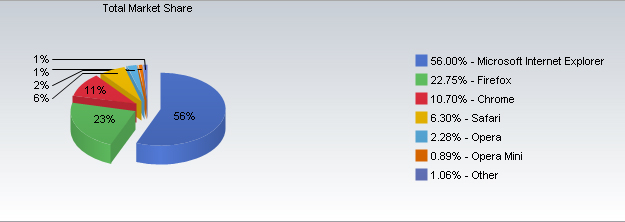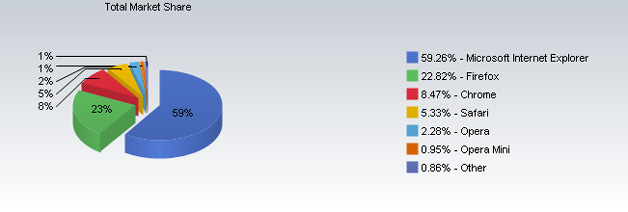Microsoft announced today that it will soon be rolling out automatic updates for Internet Explorer. The roll out will begin in January for Australian and Brazilian users, and will gradually spread from there.
By instituting automatic updates, Microsoft takes user out of the equation by bringing them the latest version of Explorer silently. The goal, Microsoft says, is to make the web a better and safter place. The most common features of any web browser update are speed and security improvements. Newer browser versions are also generally better adapted to the most recent advances in web-based technology, such as the relatively recent rollout of HTML5. Using an up-to-date browser gives users a safer and better internet experience. Often, however, users neglect to keep their browsers up to date, for a variety of reasons. Automatic updates relieve them of the need to fuss over whether their browser is as up-to-date as possible, while delivering them a safer and better internet experience, and making the jobs of web developers easy by making sure more people can see pages designed to the latest web standards and using the latest technologies.
This move brings Microsoft into line with its two main rivals in the web browser business: Google Chrome and Mozilla Firefox. The practice began with Chrome, and Firefox followed suit in October. Chrome, which has only been around for three years, has been gaining rapidly on its two main competitors recently. One study found that Chrome has overtaken Firefox in global market share to become the second most popular web browser worldwide, though Firefox still leads int he US. Another study showed that the most recent version of Chrome, Chrome 15, is the most popular single browser version in the world, beating Internet Explorer 8 by 0.1%. When all versions are taken together, however, Explorer still has a substantial lead over both Chrome and Firefox. Though it has been losing ground to Firefox and Chrome, Explorer has been the default browser on every Windows computer for years, allowing it to piggyback to the top on Windows’ market share, which is almost unassailable.






